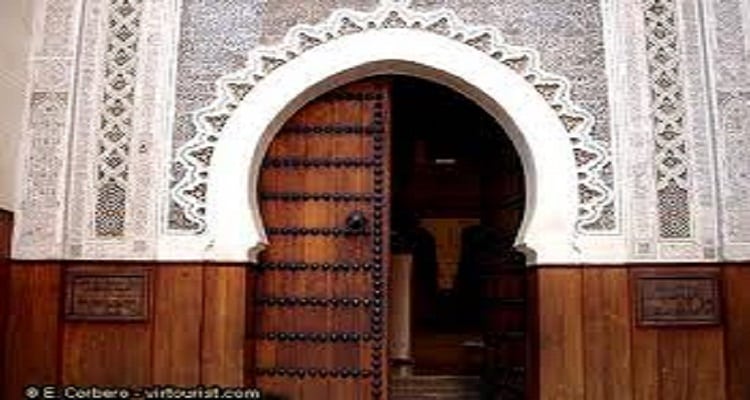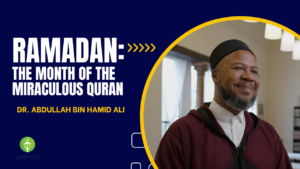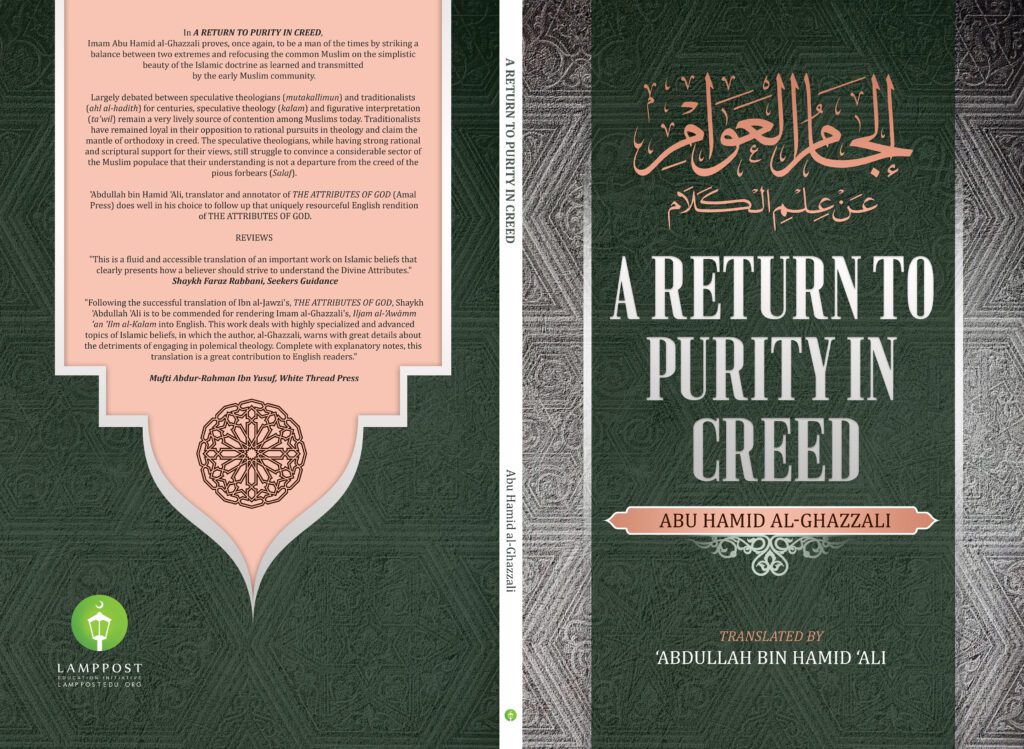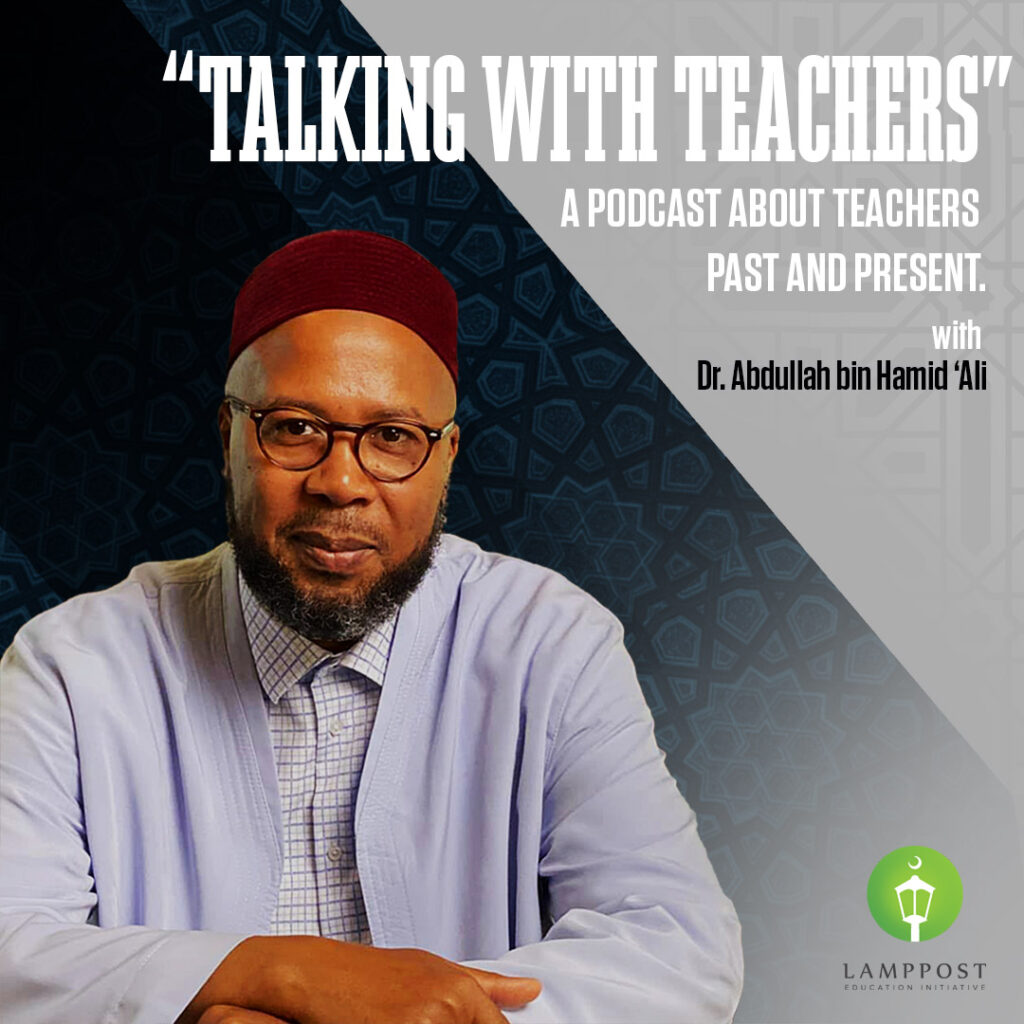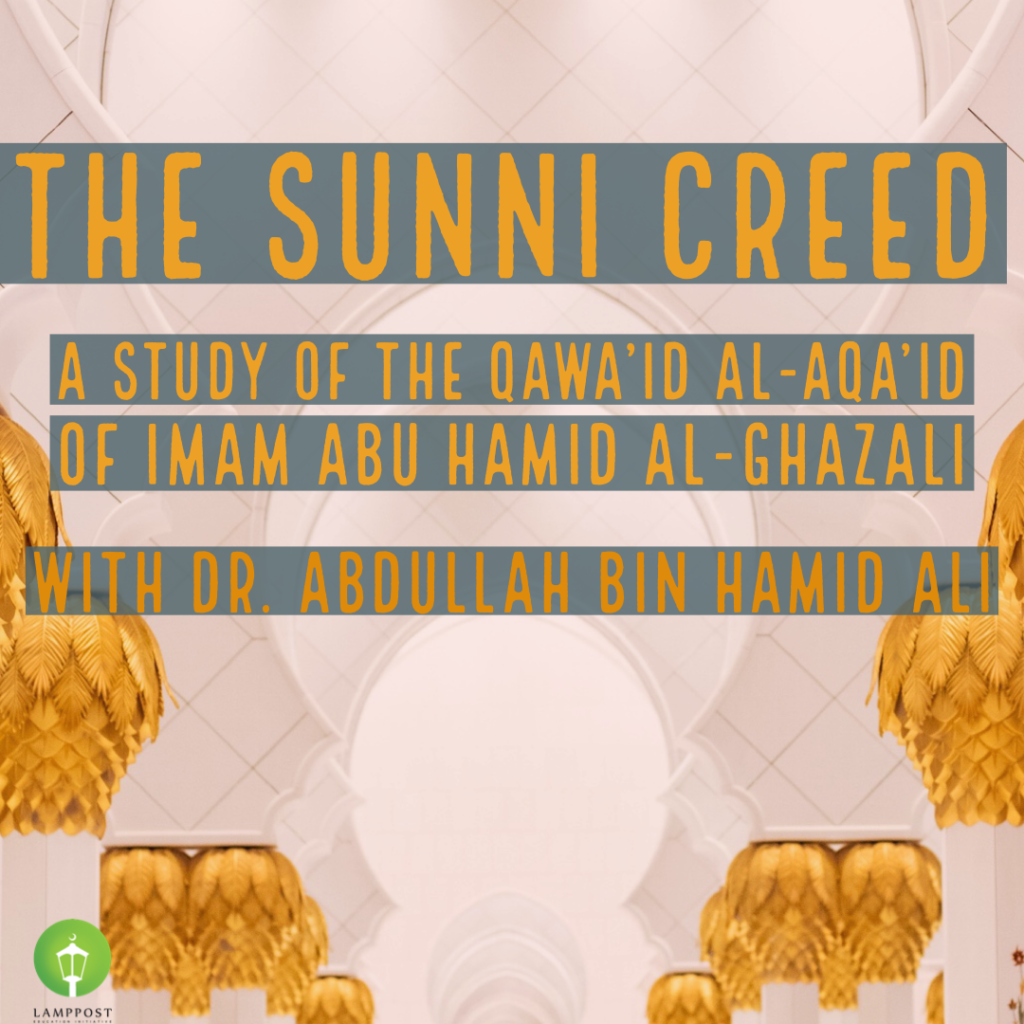The Special Characteristics of the Mālikī Madhhab:
Shaykh Muḥammad al-Ta’wīl –Scholar and Teacher at Al-Qarawiyyīn Central Mosque in Fes, Morocco. Translated by Abdullah bin Hamid Ali
All praise is due to Allah, Lord of the worlds, and may mercy and peace be upon the Messenger of Allah and all his companions.
All praise is due to Allah. My Benefactor! Your majesty! Commander of the Faithful! Guardian of the sanctuary of the denomination and religion, and grandson of the trustworthy Messenger, the exalted Muḥammad VI—may Allah support, aid, elevate your mention among the upright, grant you permanence as an impenetrable fortress of this secure land, a point of boast for its noble people, and a symbol of its unity and sovereignty. May He also bring delight to your eyes through your natural heir to the throne—his highness, the prince, my benefactor—Al-Ḥasan, and your brother, my benefactor—Rashīd, and to the rest of the members of the generous and noble family. Verily, He (Allah) hears and answers prayer. .
My Benefactor! Your majesty! Indeed, this is a delightful opportunity and a noble occasion that Your Majesty has conferred upon me to speak by your permission in your presence, in front of you, and in your scholarly assembly that is ennobled by your leadership. about the special characteristics of the Mālikī madhhab. This madhhab is the one that fathers and grandfathers chose out of faith, conviction, authority, and proof, and casted off all other madhhabs that preceded it which some nations attempted to impose on them forcefully. In spite of that only increased their faith, tenacity, and attention to judge from it in their devotional acts and interpersonal dealings; in their mosques, courts, market places, homes, and the rest of their private and public life. They sought out no substitute for it from the time they first came to know it. They used it to settle their disputes, unify their voices, secure their nation, and protect themselves from dispersion and disagreement due to the special qualities by which it is distinguished. that no other legal school, whether preceding it, existing beside it, or coming after it, possesses in both the field of legal theory (uṣūl al-fiqh) and of law itself (fiqh).
My Benefactor! Your majesty! I have divided this lesson into an introduction and two areas of study. I have dedicated the introduction to talk about the noble prophetic tradition that has come regarding the scholar of Medina. The first area of study is dedicated to the special characteristics of the Mālikī School on the field of legal theory, while the second area of study relates to the special characteristics of the Mālikī School in the area of legislation.
In the introduction, I cover the discussion of the ḥadīth, its narrators from the Ṣaḥāba, its documenters, its chain of narration, its description, grade, explanation of its words, and the clarification of its meaning and interpretation. So, these are eight points that I will cover with extreme brevity.
As for its narrators from the Ṣaḥāba, Abū Hurayra, Abū Mūsā al-Ashʽarī, and Jābir b. ‘Abd Allāh have related it. Those who have documented it are Aḥmad, Tirmidhī, and Nasā’ī— in his Muṣannaf, Ibn ‘Abd Al-Barr— in his Tamhid, and Ibn Ḥibbān—in his Ṣaḥīḥ.
As for its chain of narration and its variant paths, it has been related with a number of chains. Qāḍi ‘Iyāḍ said, “The most popular of them is Sufyān b. ‘Uyayna from Ibn Jurayj from Abū Al-Zubayr from Abū Ṣāliḥ from Abū Hurayra. The transmitters of this chain are all reliable and well-known. Bukhārī, Muslim, and the authors of the Sunans report ḥadīths on their authority. Nasā’ī reports it by way of Muḥammad b. Kathīr, and said in its regard, “From Ibn Jurayj from Abū al-Zinād.” Nasā’ī said, “This is an error. The correct view is “Abū Al-Zubayr in place of Abū Ṣāliḥ.”
The following translation has been adopted from the annual Ramadan lectures delivered in the presence of the King of Morocco, Muḥammad VI. The lessons were originally initiated by his father, King Ḥasan II. Consequently, the lessons are referred to as “Ḥasan’s Lessons” (Al-Durūs Al-Ḥasaniyya). An Arabic transcript of the main text of the speech can be found at the following link:
http://hidayamosque.free.fr/Shari3a/5a9a2e9.php
To read and download the full essay please click HERE
.
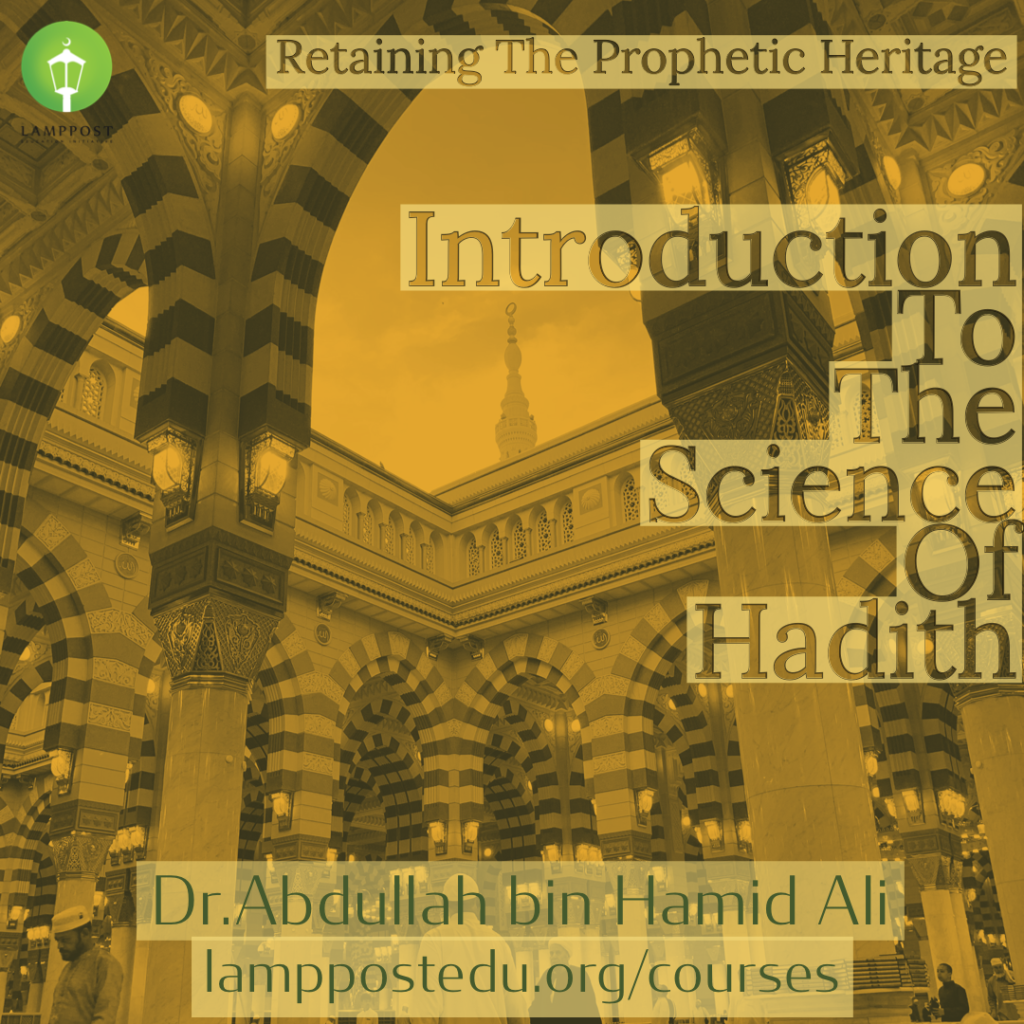
This fascinating online course is a highly nuanced study of history, evolution, crystallization and nomenclature of the science of hadith. For more details on this course and other exclusive Lamppost Courses please click below.
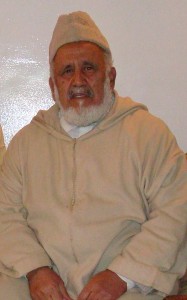
Shaykh Muhammad Al-Taw’il
He is Muhammad ibn Muhammad ibn Qasim ibn Hasain At-Tawil Al-Maghribi Al-Maliki.
Birth and early life
The Imam was born in the year in the city of `Ein Baridah in the land of Morocco to a modest family. His first teacher was his father, Imam Muhammad ibn Qasim, who was a great Imam in the sciences of recitation of the Qur’an and other fields in the Revealed Law.
Imam Muhammad At-Tawil memorised the Qur’an while still a young boy and went on to study with another great scholar by the name of Shaikh Muhammad Al-`Arabi Al-Masari. The Imam learned from this teacher Al-Ajurumiyyah and the commentary Alfiyyah in Arabic grammar. In fiqh, the Imam concentrated on Al-Murshid ul-Mu`in, Al-Mukhtasar and At-Tuhfah.
Upon completion of these he focused his attention to inheritance and other sciences. Allah brought him success when Imam at-Tawil enrolled into the oldest university of Muslim Orthodoxy, Al-Qarawiyyin.
He next came into contact with Shaikhs Abu Bakr Jasus, Muhammad al-`Imrani Az-Zarhuni and `Abdul Karim Ad-Dawudi and studied fiqh with them and other affairs while in the area of commentary he studied with Shaikh Al-`Arabi Ash-Shami. He began his hadith studies under Shaikh `Abdul `Aziz Bil-Khait while in grammar he was tutored by Shaikh `Abdul Hadi Al-Ya`qubi Bakhubza.
Shaikh Habib al-Mahaji was his teacher in Usul ul-Fiqh and in logic and creed he was taught by Shaikh Ibn `Abdul Qadir Al-Baqali. He continued to study and completed his work in rhetoric, speech and history under Shaikhs Muhammad Al-`Imrani and `Abdul Karim Al-`Iraqi and Al-Faqih Al-Ghamri, respectively.
Knowledge and Notable Rulings
The Imam is the marja` of the land, head preacher and teacher for the Moroccans as well as North Africa. His forceful stance on issues immediately surrounding the Revealed Law has made him a hero and champion to all who love knowledge and the truth.
He categorically demonstrated that the benefits taken from banks and also the mortgages (whether they are claimed as Islamic or not) were impermissible and cannot be claimed as emergency or necessity for Muslims living in the lands of Kufr.
No secular court has the power to dissolve a marriage or declare one valid but rather only the maraji` can effect a faskh or dissolving.
DNA tests are not definitive proof for establishing maternity or paternity unless weighed with other factors as well.
A Muslim woman according to Consensus is not allowed to marry any man that is not a Muslim; but there have of late been “love doctors” at work not only in the Muslim world but even among “spokesmen for Muslims in the West” who have distorted verses and made it seem as if there was a “gentleman’s disagreement” on the topic.
This Imam categorically shows the proof, history, evidence and continuous examples of Consensus on the topic.
As the teacher of Fiqh and Usul from the University of Al-Qarawiyyin, the Imam has showed great courage in tackling some of the most thorny and controversial issues of this current time. After years of service and teaching, he died at the time of `Asr prayer on Monday 16 Jumada Al-Akhirah in the year 1436 AH. And may Allah reward him and give him the highest rewards of the Paradise.
Taken from: https://meeraath.wordpress.com/imam-muhammad-at-tawil/

